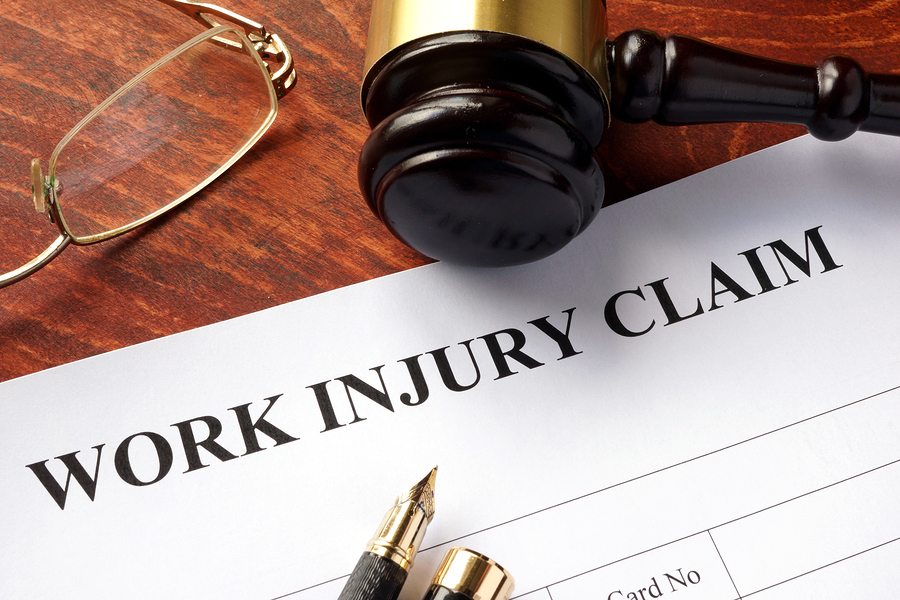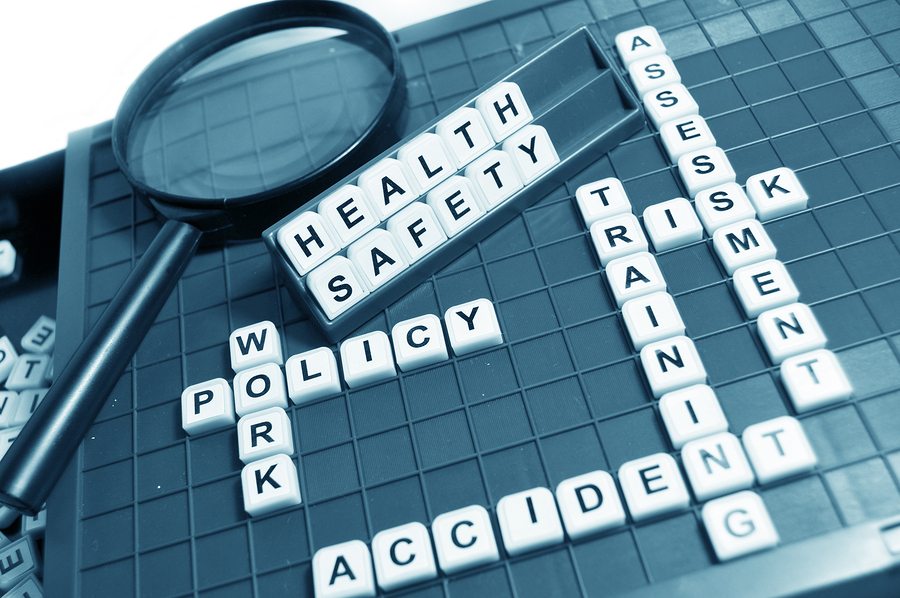Stress is present in nearly all workplaces. Short-term stress is easily caused by high-pressure due dates, heavy overtime burdens, and the like. The challenge is that short-term stress can quickly turn into long-term occupational stress. This kind of stress creates lasting damage that’s both physical and mental.
For many, dealing with this sort of long-term work stress results in turning to cigarettes, eating too much, alcoholism, and drug abuse. Such things have dire consequences for long-term health and happiness.
While it might be difficult to avoid workplace stress entirely, helping workers take steps to better handle occupational stress is easier than dealing with the aftermath of a suffering worker..
Help Workers Understand Occupational Stressors
Professions vary yet lots of share comparable causes of stress. These can consist of:
- Conflicts with management
- Insufficient wage or advantages
- Volatile office
- High quantities of work
- Excessive overtime
- Mundane workload
- Feeling a lack of control in the work setting.
Whether your workers are in an office or on a construction site, these core causes of stress are commonplace.
Managing Work-Related Stress
After finding the causes of work environment stress, helping employees feel empowered can make handling stress easier. By striving to understand root causes of stress and then implementing systems to help deal with those causes, you can eliminate most stressors from your business completely.
And when work-related stress does occur, encourage employees to take a positive action to lower their stress. Give time for them to take a walk instead of a smoke break. Encourage going to the gym… perhaps offer a gym membership incentive. The key is to encourage and help facilitate healthy coping mechanisms.
Encourage your workers to take time off. Mandate it. For many workers, they fear using their paid leave benefits. Be sure that workers know they needn’t fear reprisals for taking the time off that they’ve earned.
The initial step in conquering occupational stress is recognizing it. You might be surprised how a carefully planned benefits plan can help. And as always, having appropriate insurance in place is absolutely critical to protect the business and its employees. Regardless of the challenge, reach out to us with questions. We’re here to help!










